Command agriculture is a more than half a billion dollar agricultural scheme focused on contract maize farming, aimed at ensuring food self-sufficiency.
It was introduced at the start of the 2016-2017 farming season following a drought of the previous season. The scheme was introduced as Zimbabwe grappled with economic problems. It was announced in August 2016.
The programme, whose aim is to ensure national food security, targets farmers with potential to produce over five tonnes of maize per hectare.
The scheme targeted farmers near water bodies who could put a minimum of 200 hectares under maize per individual. These were found to be 2 000 in total and each farmer was required to produce at least 1 000 tonnes of maize.
Each participating farmer was required to commit five tonnes per hectare towards repayment of advanced loans in the form of irrigation equipment, inputs and chemicals, mechanised equipment, electricity and water charges.
Farmers would retain a surplus in excess of the 1 000 tonnes. The programme will cost over $500 million.
In a statement last year, the government said farmers that were targeted to participate in the programme were those with irrigation infrastructure, potential irrigable areas and maize producers on dry land (large and small-scale farmers) starting from the next summer cropping season.
"All farmers with potential to produce about five tonnes per hectare are targeted starting in the 2016/2017 summer season. The programme will support, where required, with tillage and production inputs e.g fertilisers, seed and agrochemicals on a cost recovery bases," reads the statement.
The command agriculture scheme is the second agriculture scheme to be implemented in Zimbabwe after almost 10 years. The first agriculture scheme was implemented between 2005 and 2006 and it was called Operation Maguta/Inala.
In that programme, the army was given the task of tilling large amounts of land as it was during peace time and their labour was available.
The other element of the command agriculture grand scheme is the irrigation of pastures for beef export. The 2 000 hectares of irrigation at Arda-Ngwezi Estate in the dry Matabeleland South province will reportedly support 60 000 beef cattle. This will require a carrying capacity of 30 cattle per hectare, a feat which is unequalled in Zimbabwe's history of cattle farming.
The programme is being run from the Office of the President and Cabinet and being implemented under the guidance of the Cabinet Committee on Food Security and Nutrition.
Vice-President Emmerson Mnangagwa chairs the committee. Addressing journalists last year, he said the farmers participating in this programme should sign a performance contract for three consecutive growing seasons commencing with the 20016-17 summer season.
"All farmers near water bodies shall be considered. If a farmer is near water and does not want to go into the scheme, we will put him where there is no water. Only productive farmers will be spared. We are targeting those who are sleeping on the land," said the VP.
They were giving the identified farmers equipment to empower them to produce the maize as well as inputs; meaning seeds, fertiliser and chemicals.
"We only demand five tonnes per hectare to be delivered to the Grain Marketing Board to cover the machinery and inputs."
Mnangagwa said the decision to embark on command agriculture was arrived at after a realisation that national food insecurity had risen from about 12% in 2011 to 42% this year.
The Zimbabwe Vulnerability Assessment Report last year said four million people were in need of food aid because of an El-Nino-induced drought.
Maize production has declined in the past few years due to successive drought spells and erratic rainfall patterns.
- the standard
 David Coltart takes on the Church of England
David Coltart takes on the Church of England  South Africa ripe for a coup
South Africa ripe for a coup  India dumps US Treasury bills
India dumps US Treasury bills  Zimbabwe's dollar stock exchange surges 45%
Zimbabwe's dollar stock exchange surges 45%  Gold edges up as traders await guidance
Gold edges up as traders await guidance  fastjet introduces Bulawayo-Victoria Falls flights
fastjet introduces Bulawayo-Victoria Falls flights  Young Investment Professional (YIP) Graduate Programme 2019
Young Investment Professional (YIP) Graduate Programme 2019 



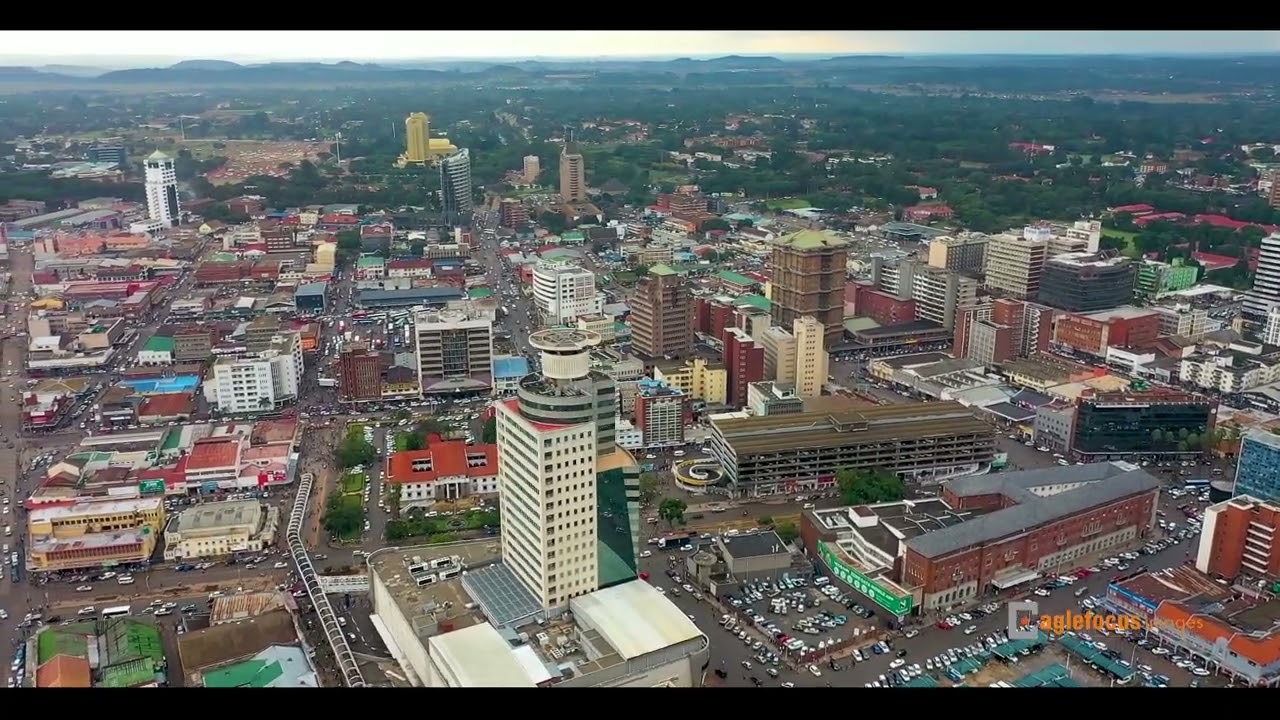
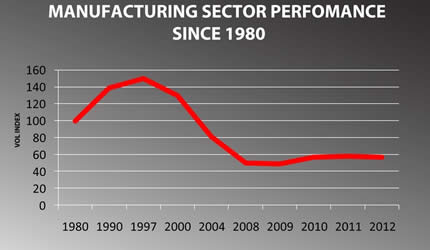


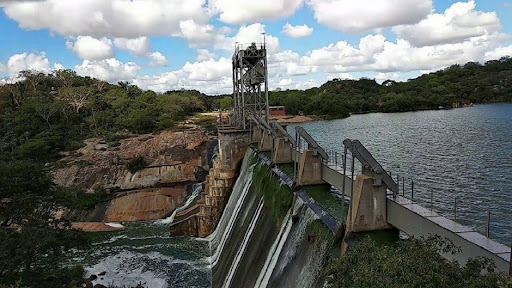
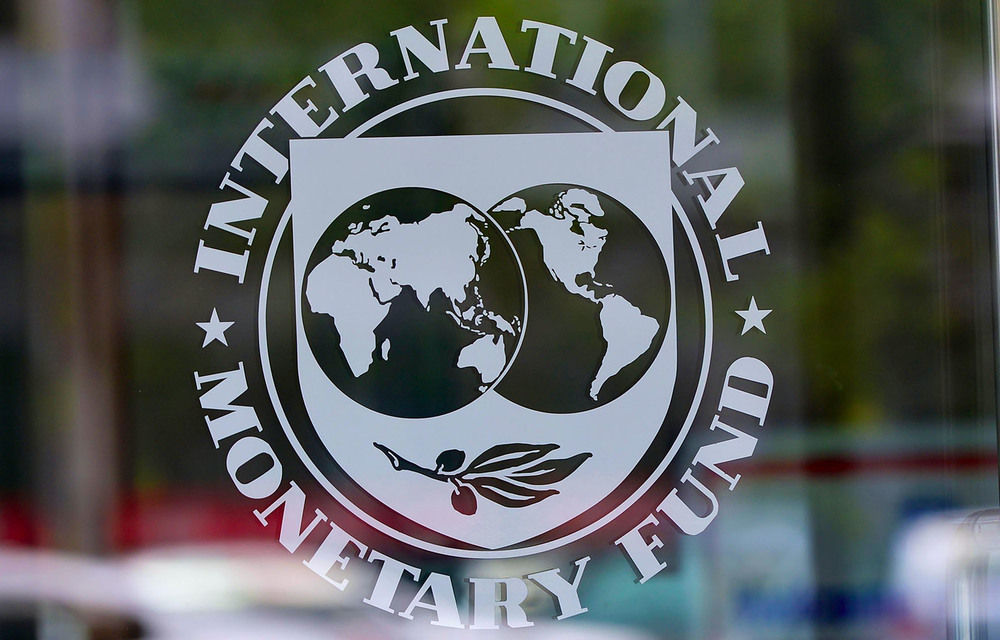

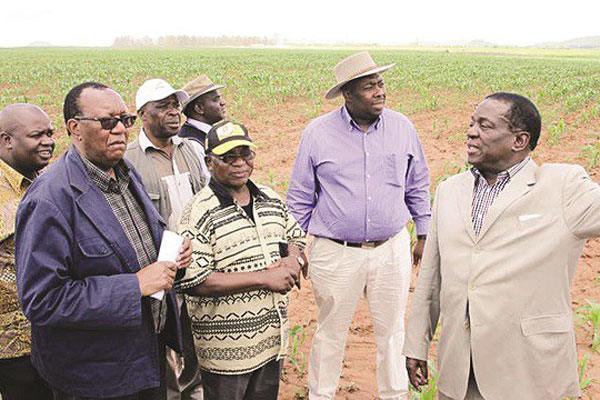
 Young Investment Professional (YIP) Graduate Programme 2019
Young Investment Professional (YIP) Graduate Programme 2019
Editor's Pick